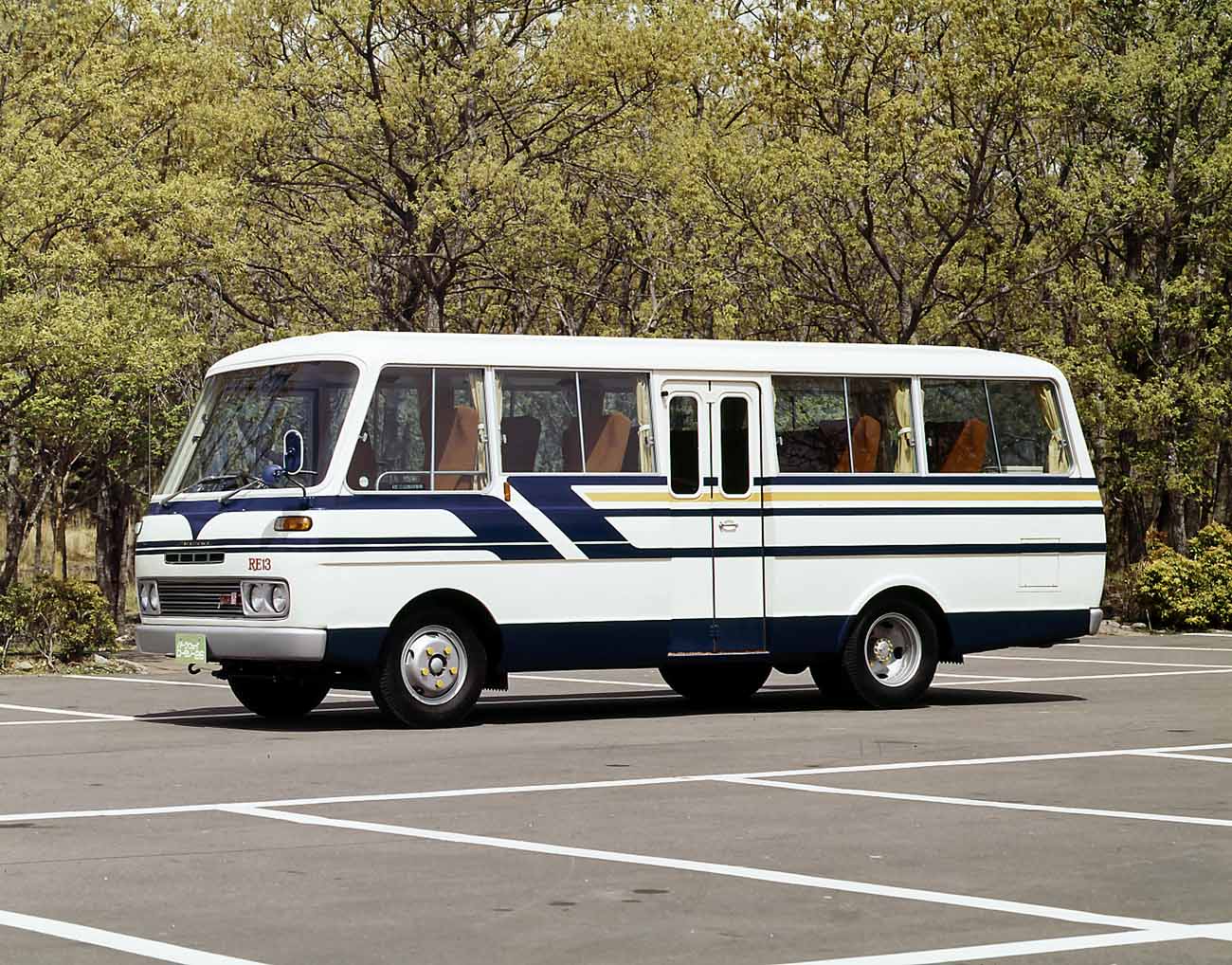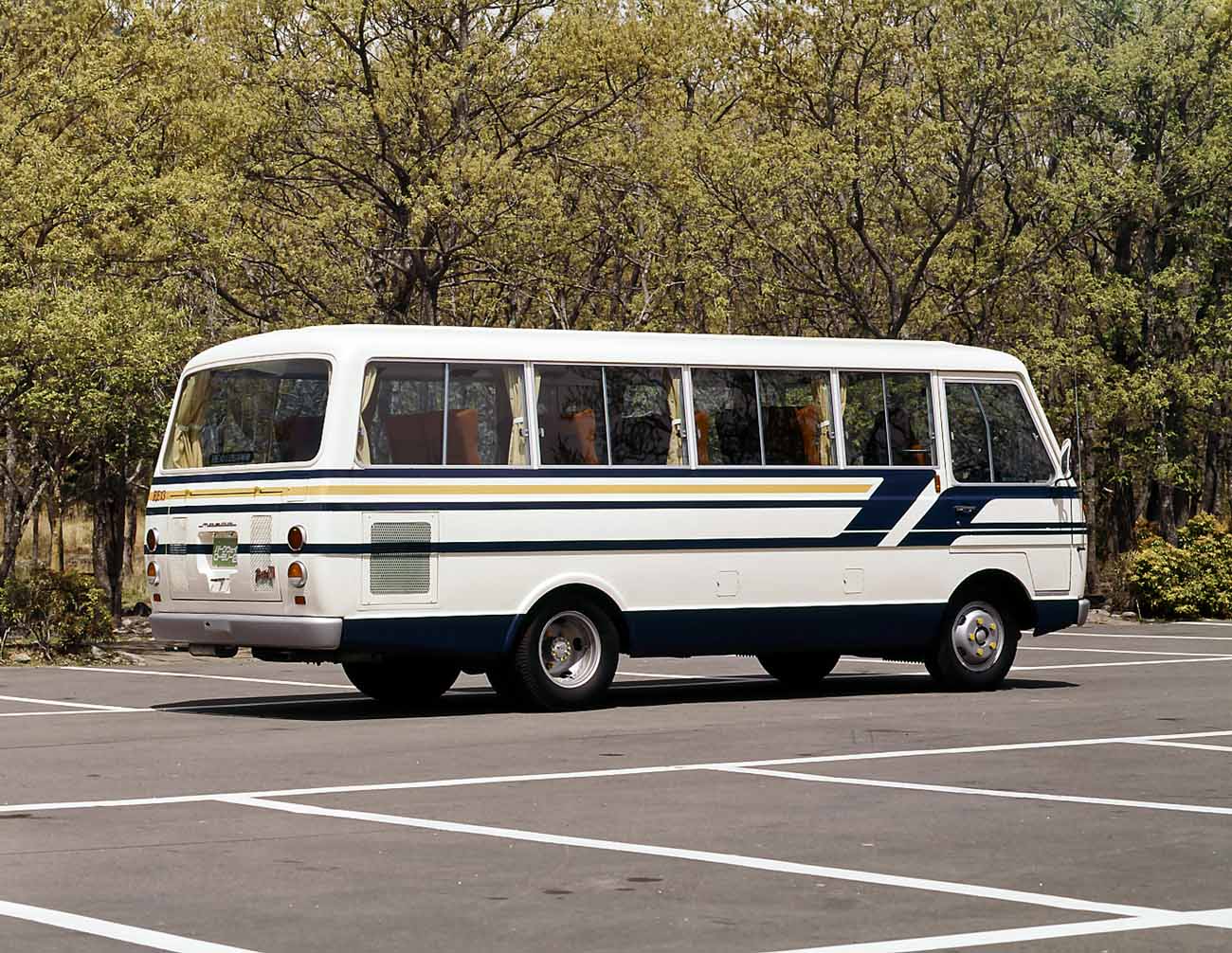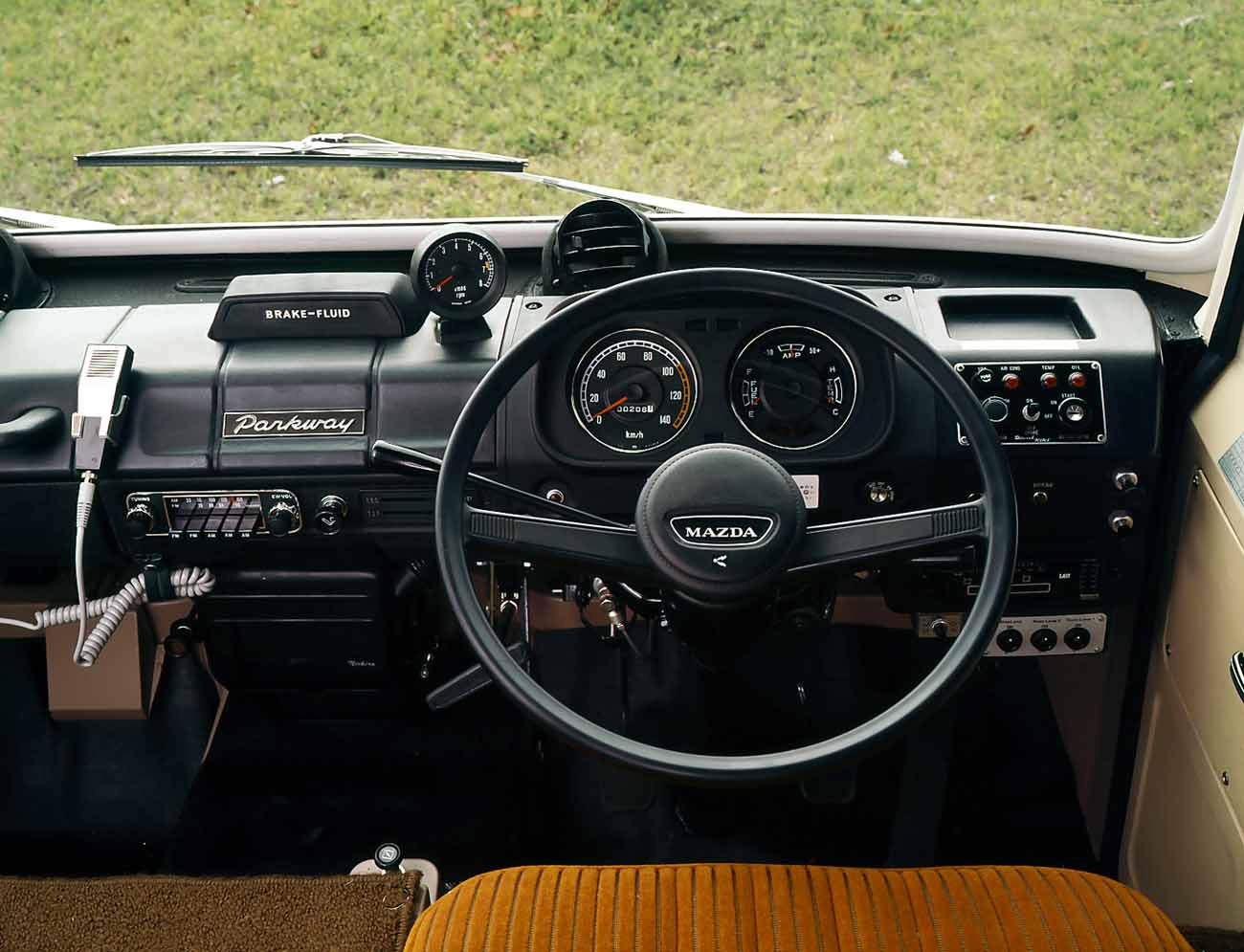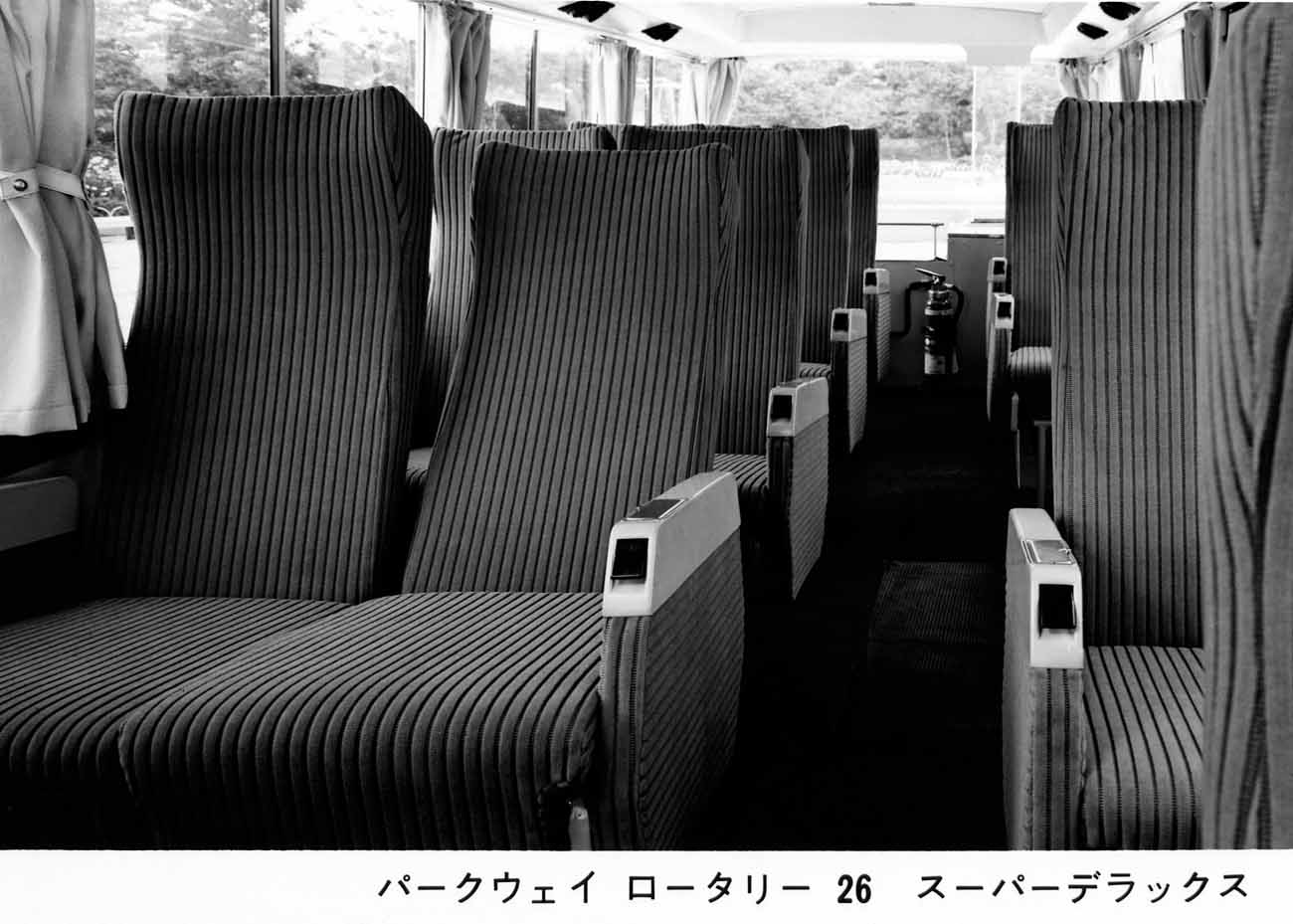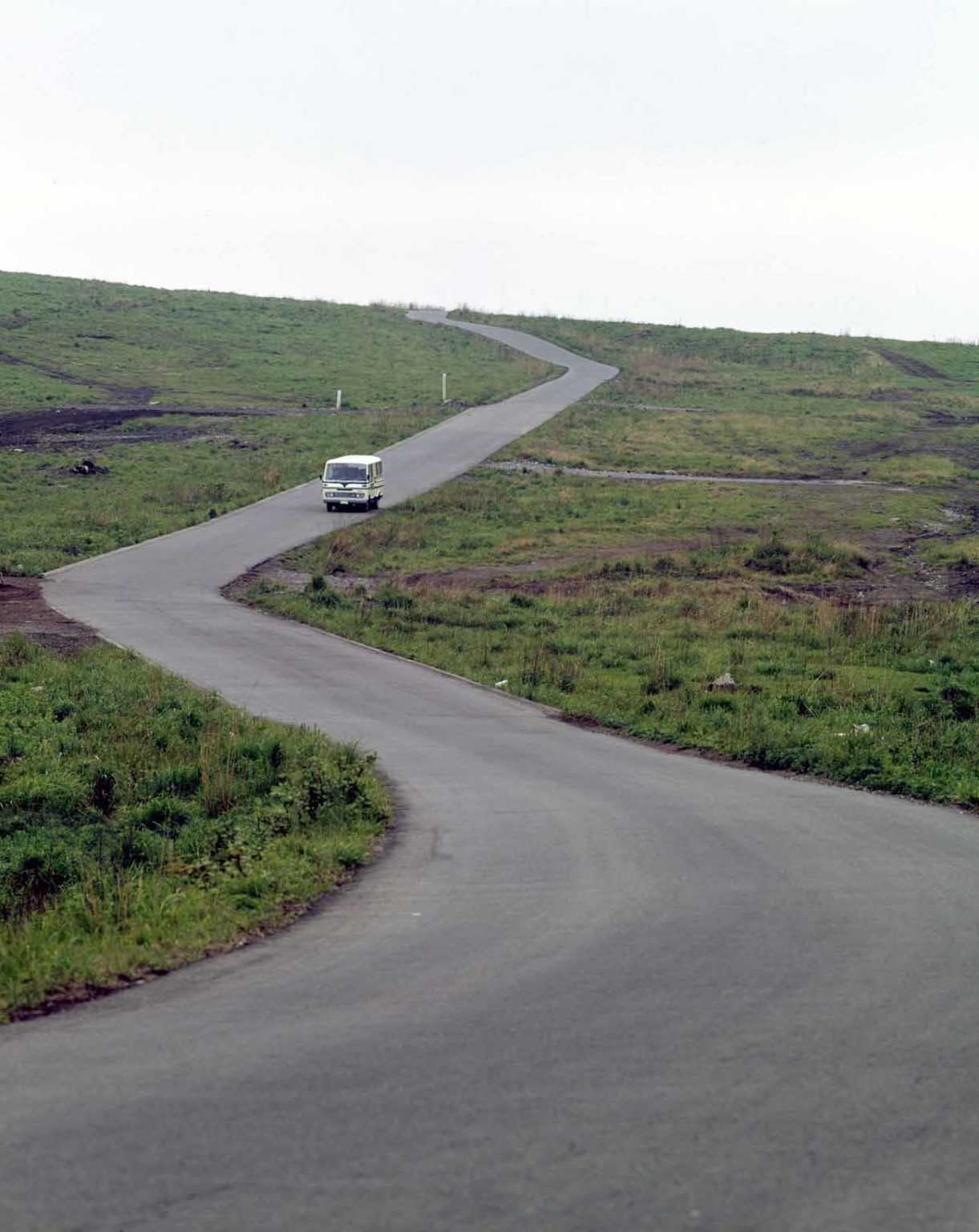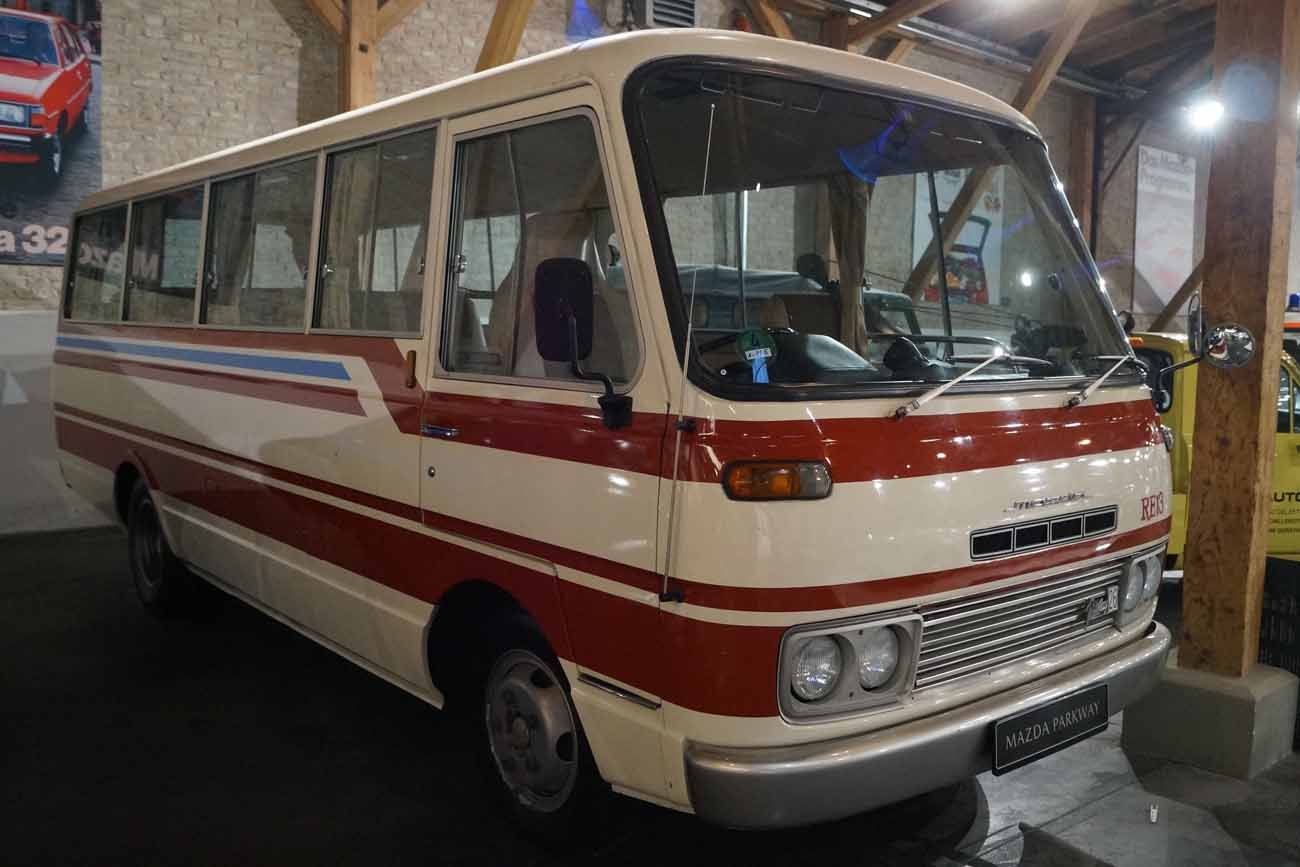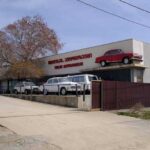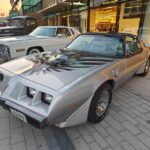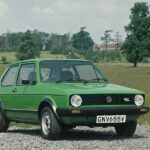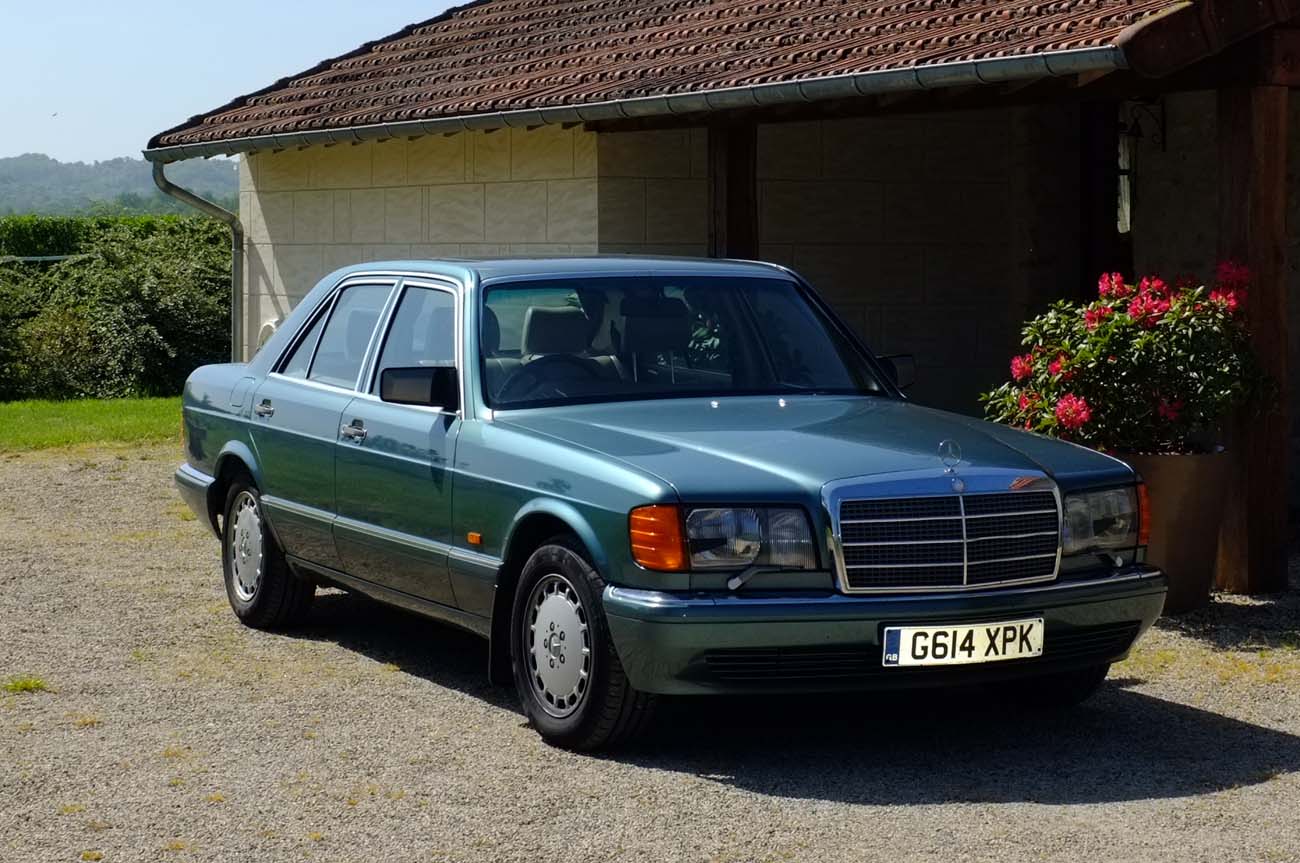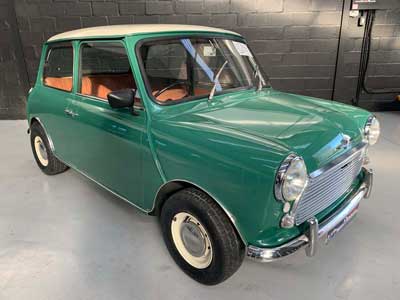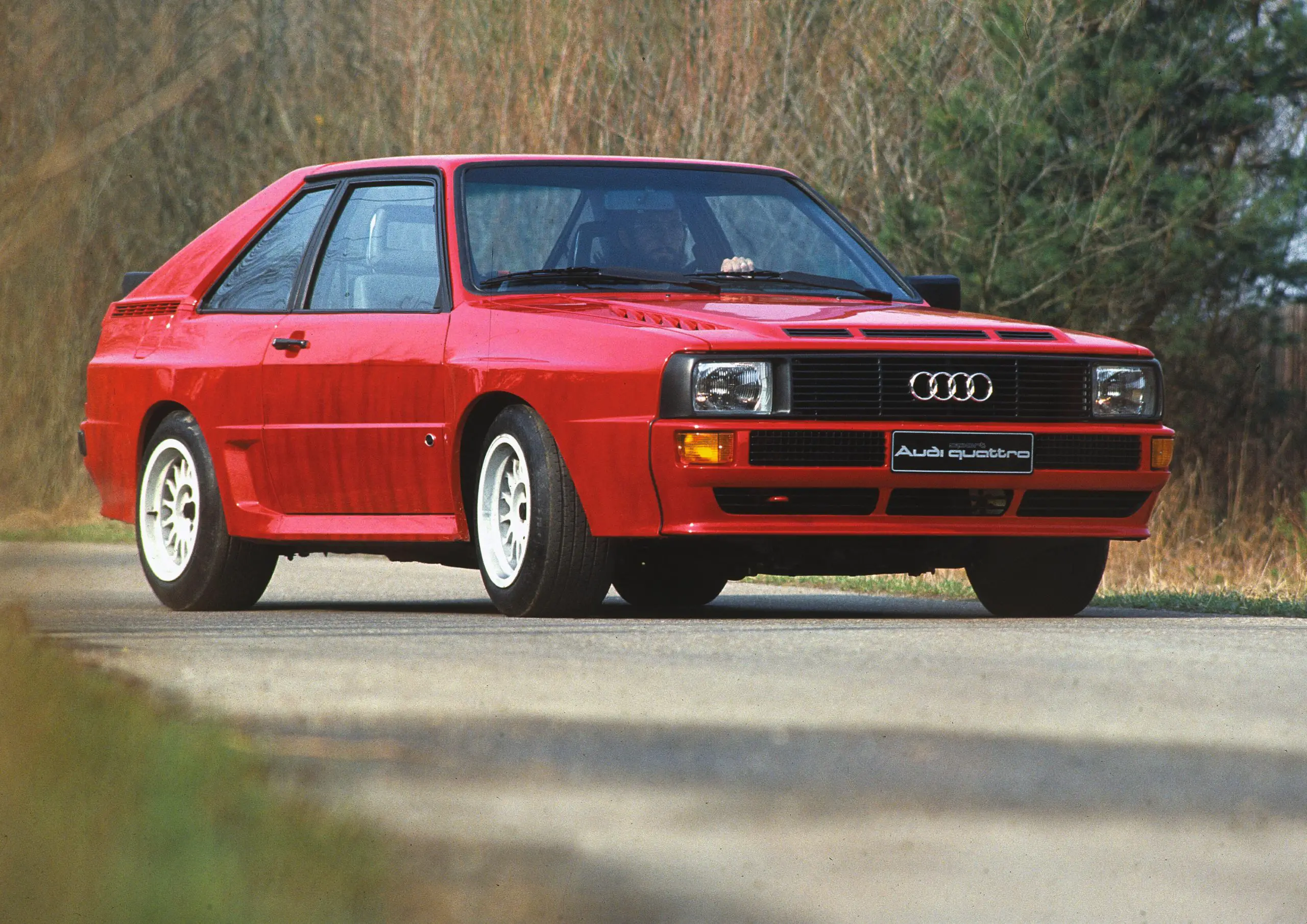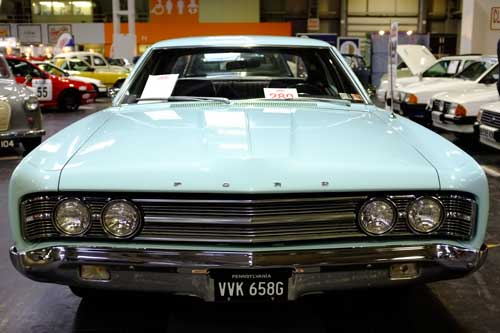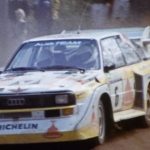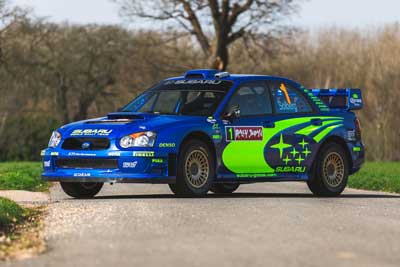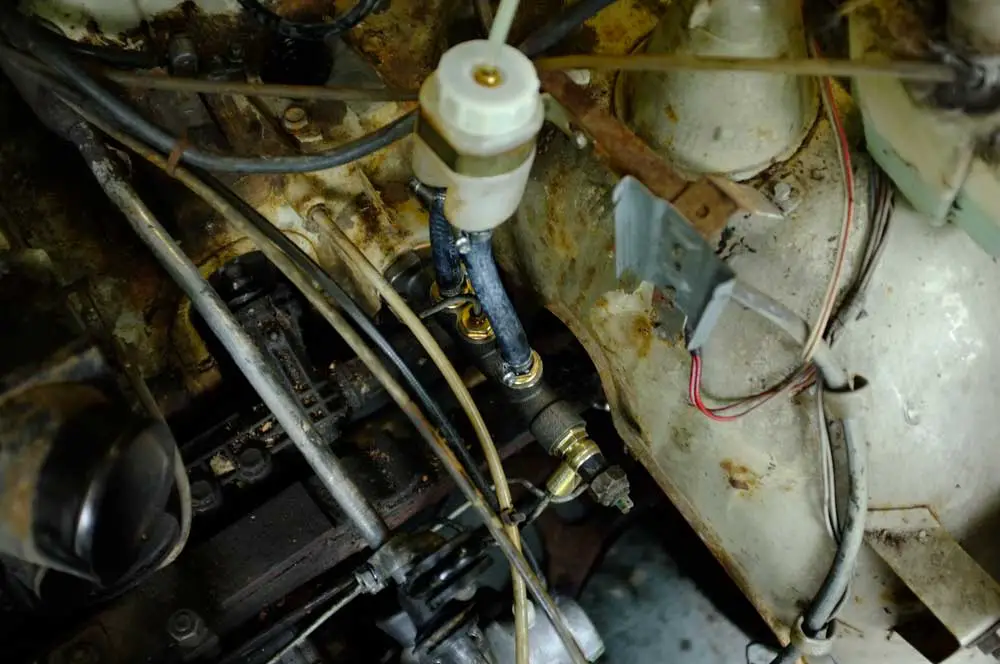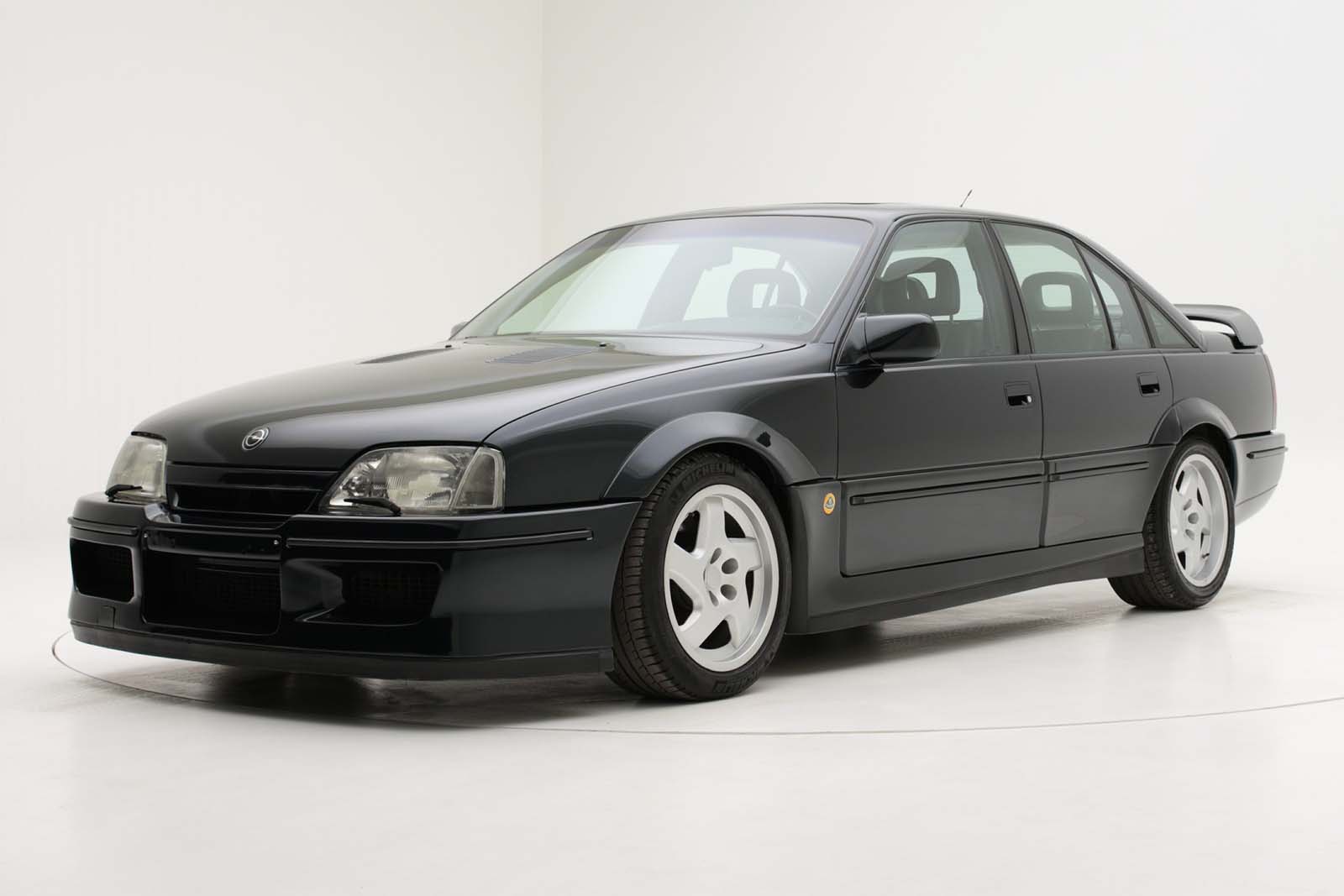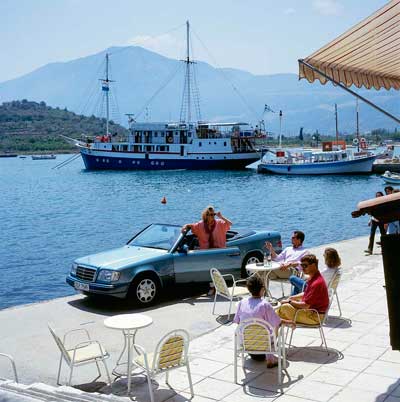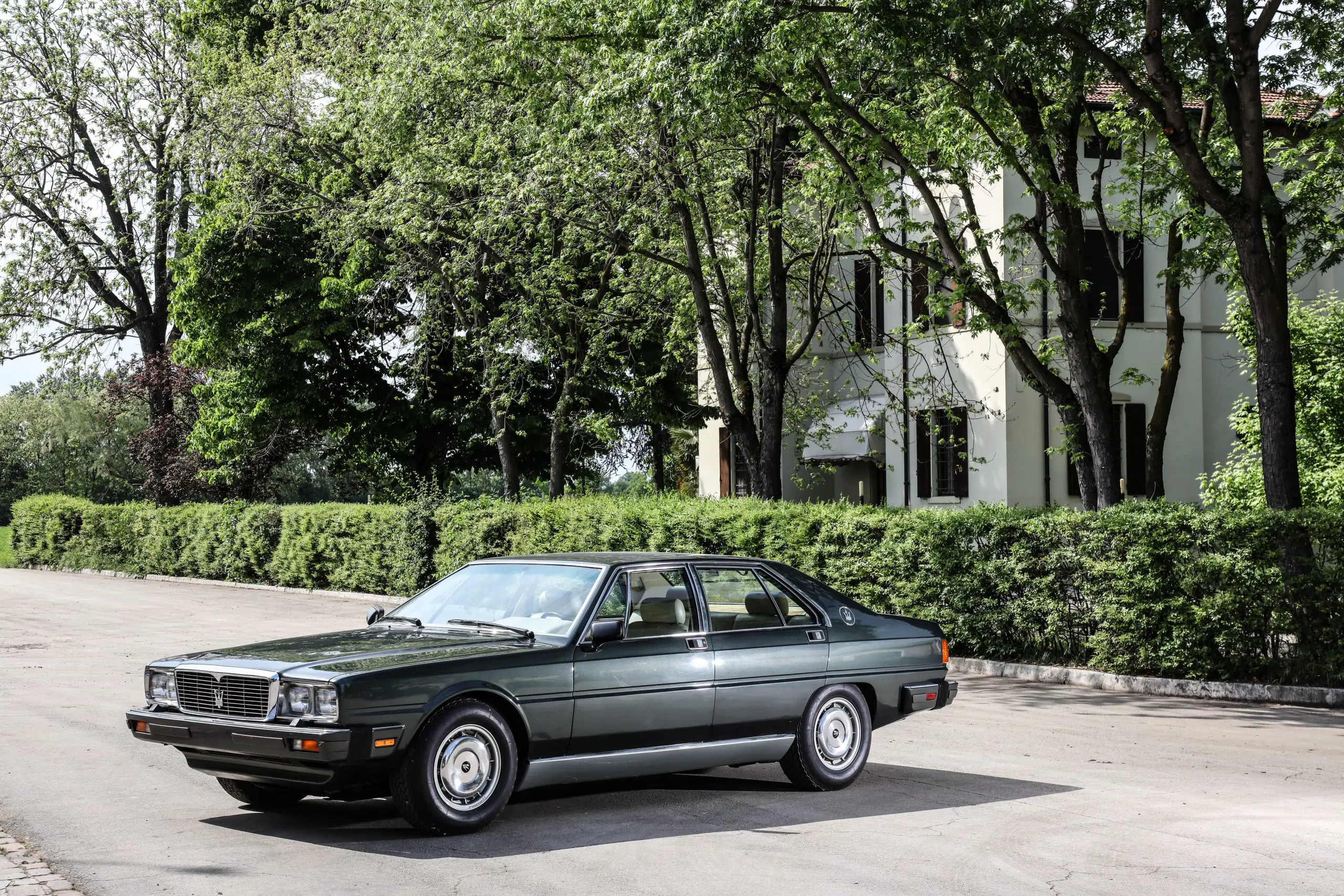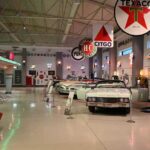
The Mazda Parkway Rotary Powered Bus
The Mazda Parkway has to be one of the rarest and most unusual rotary powered vehicles Mazda has produced, and it’s a bus.
The RX-7 might be the most obvious thing to think of when you hear the words rotary and Mazda together. You wouldn’t necessarily associate them with a minibus.
Other famous rotaries include the Le Mans winning 787B group C car and the RX-8 with its unconventional rear doors. The one that really stands out is the Parkway and they only did it once with a bus.
Mazda Minibus
Mazda started building minibuses in 1960. They were intended to provide transportation for small businesses, hotels, schools and restaurants, the Mazda Light Bus quickly became well known for the quality and comfort. Early versions were used as ambulances too due to the design of the rear doors.
The Light Bus evolved over the following years first making its debut as a 25 seater bus for the general public in 1965. The year before it was displayed at the Tokyo Motor Show impressing the audience with the futuristic design which was carried over to the production version.
The rising demand for minibuses led to Mazda to redesign and rename the workhorse in 1972 and the Mazda Parkway 26 was born. 26 standing for the number of passengers. The Parkway was a desirable product, being built to a high standard, being comfortable and having a radio, powerful heaters. Other refinements too made it stand out amongst the competition.
The Rotary Parkway
Up to this point, all Mazda Up until then Mazda had only produced piston powered buses. But worldwide pollution was starting to become a problem, so Mazda decided to introduce the environmentally friendly rotary engine into the Parkway bus in 1974. This unique combination was the only time Mazda or anyone else has done this.
The 13B rotary engine was known for its low emission and high performance in the RX-3 sports car. The exhaust gas emission was easily met coming in well under the regulation standard by quite some margin. This while still delivering the power and smoothness you would associate with a rotary.
However, there was one problem. Even though emissions were very well controlled, the rotary minibus suffered with fuel efficiency. When the optional air conditioning was fitted another 1000cc reciprocating engine was fitted to power it.
There were two 70 litre fuel tanks were fitted to give a decent range offsetting the thirst of the small rotary. These two fuel tanks and the air conditioning system increased the weight of the bus by around 400kg, which in turn made the fuel consumption even worse.
Sadly, these high running costs led to small production numbers. Up to 1976 only 44 Parkway rotary 26 buses were produced. This makes is incredibly rare among the rotary cars produced and it’s not technically a car either. It’s probably the most unusual application of the engine.
A new generation of Mazda Parkway arrived in 1982, this time without the rotary power option. This model remained in production until 1995 and then discontinued.
Parkway In The Mazda Classic Museum
Even though the Parkway Rotary is incredibly rare with only 44 produced, the Frey family from Augsburg, Germany, managed to acquire an example for their Mazda Classic Museum.
This was quite an adventure: “A friend of a friend knew someone in Japan who had one for sale,” Joachim Frey remembers. “Thus, without hesitation, we got in touch with the dealer and bought the bus sight unseen. Not knowing what surprises might await us, we had the bus shipped to Rotterdam harbour, where we were finally able to take receipt of the rare vehicle. Of course, the bus needed some work, but it started right away and was driven to Augsburg under its own power.”
Since then, the Parkway has been up and running and impressing the visitors of the Mazda Classic Museum in Augsburg. “The Parkway Rotary was formerly used as a school bus and is a highlight of our collection. It provides a very different driving sensation. You have the turbine-like feeling of the rotary engine and even though it is a bus, it really behaves like a car. It’s a very easy and comfortable drive,” says Joachim Frey. And still to this day the family keeps up friendly relations with the seller of the Parkway Rotary, as Joachim explains with a smile: “We have nicknamed him ‘busman’ and he even introduces himself like that when we talk on the phone.”
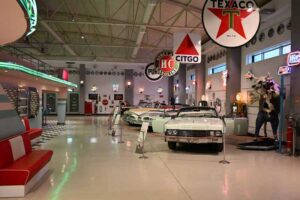
Ural Ataman Classic Car Museum – Istanbul, Turkey
This has to be one of the nicest private collections I have seen, the Ural Ataman Museum in Istanbul, turkey has not only a wide
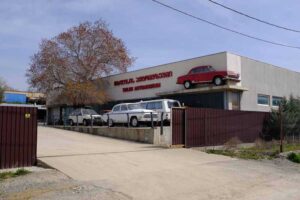
Tbilisi AutoMuseum Car Museum – Georgia
You may not have heard of this, but the small car museum in Tbilisi Georgia really has quite a lot to see. Buried in an
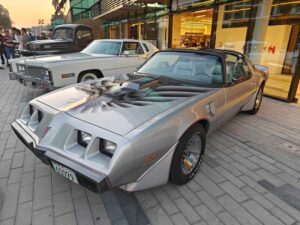
Bahrain Bike Week Classic Car Show December 2024
Bahrain Bike Week is the biggest event of its kind in the Middle East and the 2024 one was no exception. It’s not just the
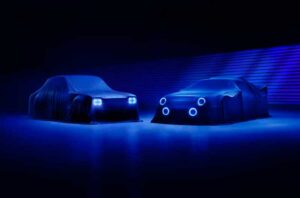
Ford Motor Company Bring Back Group 5 Mk1 Escort & Group B RS200 With The Help Of Boreham Motorworks
Ford have granted a licence to Boreham Motorworks, a division of the DVRN Automotive Group, to produce new versions of not just the Mk1 Escort
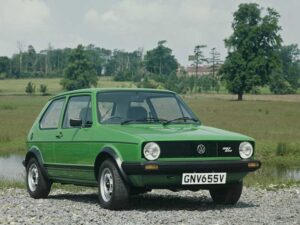
The VW Golf At 50 Years Old
Europe’s number 1 selling car the VW Golf has reached 50 years old this year, starting production on the 29th of March 1974. In
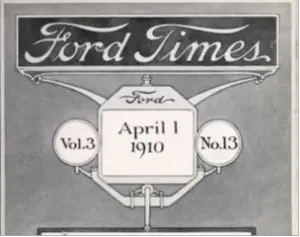
Ford’s Heritage Vault Makes The Ford Times Magazine Available To The Public
Ford’s expansion through the early 20th century was something to behold, the rapid growth of the company and the success of the Model T led
